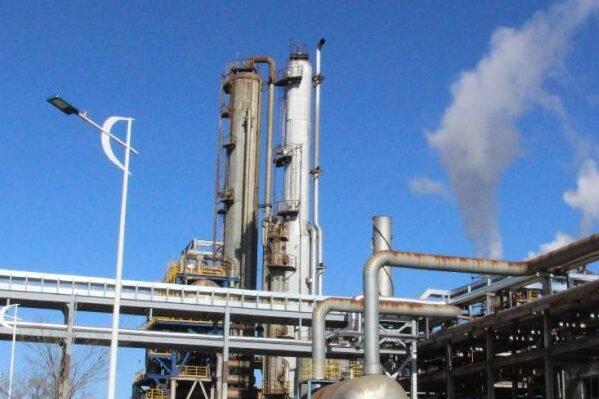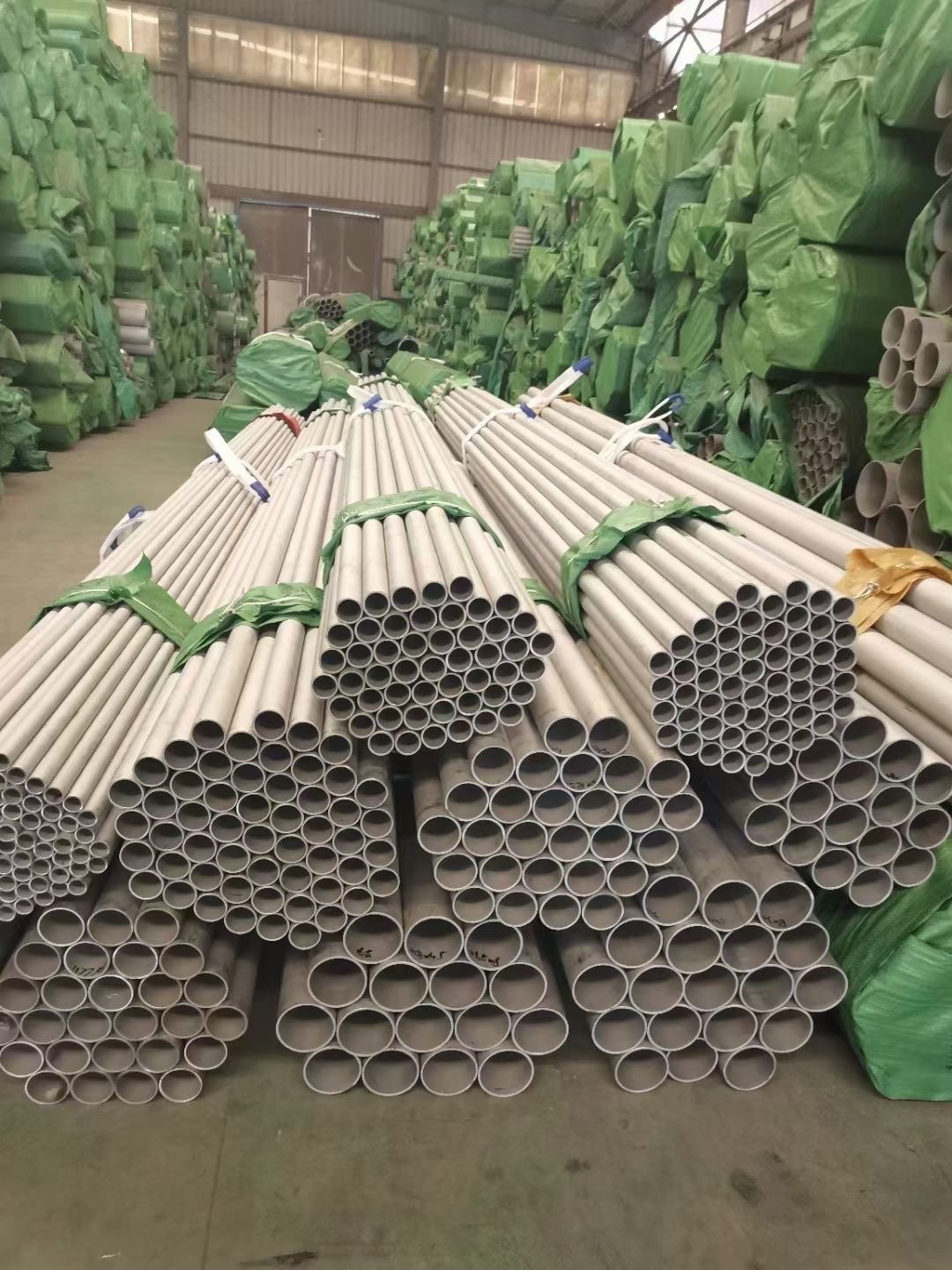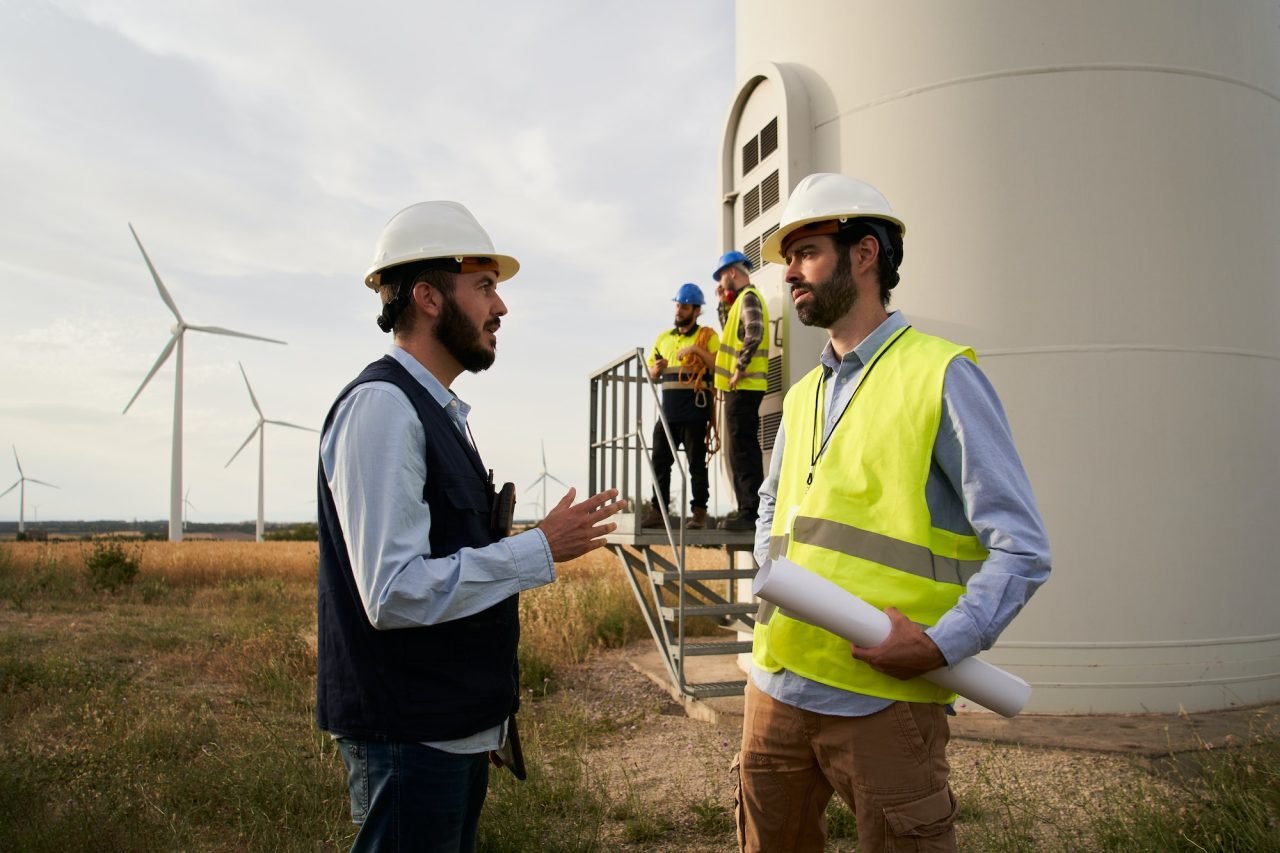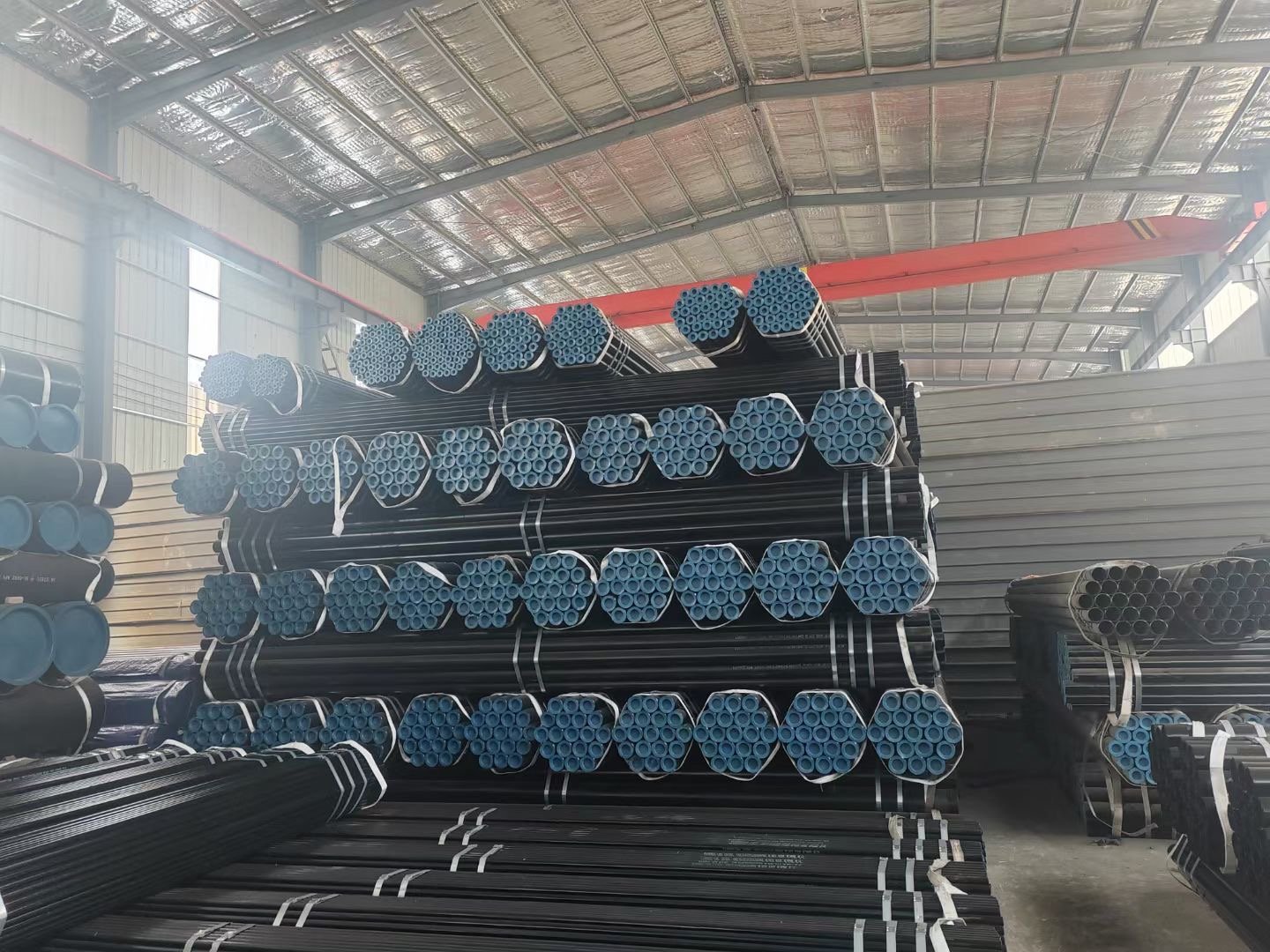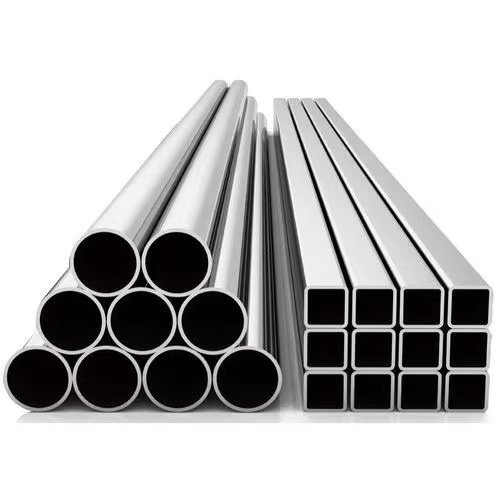Manufacturing Process of Stainless Steel Pipes
- Melting and Casting:
- The process begins with melting stainless steel scrap and raw materials (chromium, nickel, etc.) in an electric furnace.
- The molten steel is then cast into semi-finished forms, like billets for seamless pipes or slabs for welded pipes.
- Forming:
- Seamless Pipes: The billets are heated and stretched over a piercing rod to create a hollow shell, in a process called hot rolling.
- Welded Pipes (ERW, LSAW, SSAW): Slabs are formed into the desired shape, usually by roll forming.
- Welding and Sizing (For Welded Pipes):
- After forming, the edges are welded together. For ERW pipes, this is done using Electric Resistance Welding.
- The welded pipe is then sized to the correct diameter and wall thickness.
- Heat Treatment:
- Pipes are heat-treated to relieve stresses and achieve desired mechanical properties.
- Finishing Steps:
- These include pickling to remove scale, cutting to length, straightening, and testing for quality assurance.
Manufacturing Process of Stainless Steel Tubes
- Tube Milling:
- Stainless steel strips are formed into a tube shape and the edges are welded together, typically using TIG or laser welding.
- Cold Drawing and Pilgering (for smaller sizes):
- The welded tube is drawn through dies to reduce its diameter and wall thickness. Cold drawing improves the surface finish and tolerances.
- Heat Treatment:
- Tubes undergo heat treatment to achieve the required mechanical properties.
- Surface Finishing:
- Tubes are pickled or passivated to remove surface impurities and improve corrosion resistance.
- Testing and Inspection:
- Includes non-destructive testing for integrity and dimensional checks to ensure compliance with specifications.

